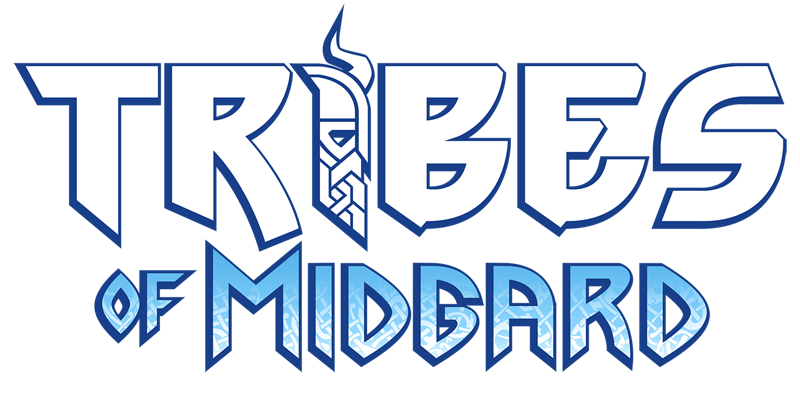

While Samsung's space zoom feature may still produce impressive results in many cases, it's clear that users should approach these claims with a healthy dose of skepticism.

The results of these experiments raise important questions about the limits of AI-powered image processing and the ethics of marketing claims in the tech industry. Still, it's also important to note that no phone camera is perfect, and they all have strengths and weaknesses. Overall, it isn't very pleasant to learn that Samsung's AI scene Optimizer mode may not be as powerful as they advertise. Some of these tribes have been contacted, while others have been discovered from an aerial view that oversaw makeshifts homes and boats. This level of faking is occurring, but it remains to be seen how much of a problem it is for users who want to use the space zoom capabilities on their Samsung phones. With an unconfirmed number of undiscovered and uncontacted tribes around the world, there are hundreds that have been discovered in Brazil and Peru. To try and 100% confirm that this was happening, the user even printed out a blurry version of the moon, hung it from a light by a string, and sure enough, the phone detected the paper as a moon and added detail that didn't even exist onto a paper cutout. After studying vintage maps as well as the results of test borings to determine the most likely locations of ground undisturbed by industrial or other activity, a team of archaeologists worked for months with hand tools to locate, document, and collect artifacts, which they transported back to RGA.


 0 kommentar(er)
0 kommentar(er)
